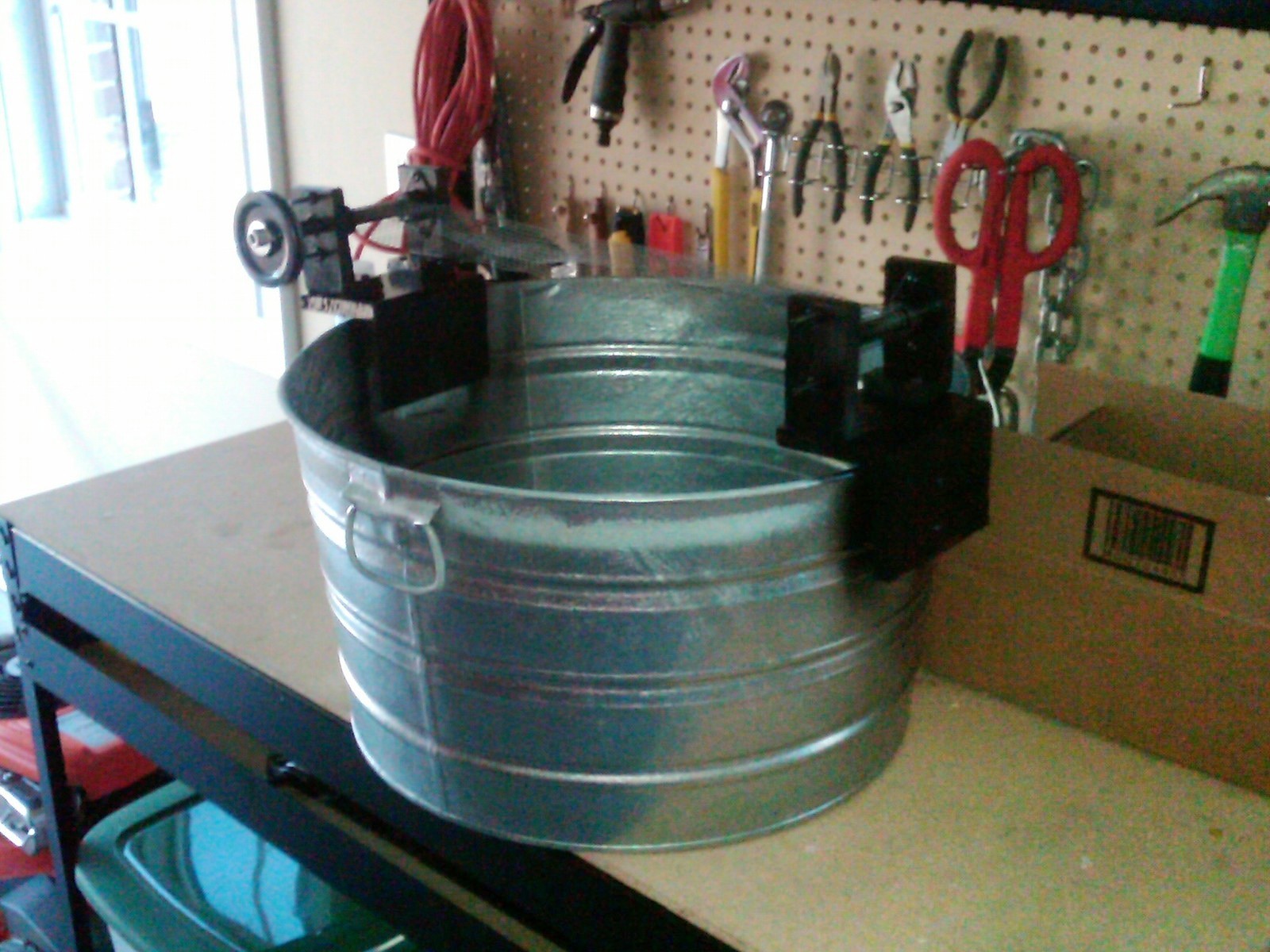Cut four 2” sections and two 5” sections of the multipurpose 1”x3”x1/8” aluminum angle. The four 2” sections will comprise the upright supports for the bearings while the 5” sections will make the bases on each end.
I chose to use 1″x3″x1/8″ angle. Alternative angle dimensions can also be used. For example, a 2″x2″ angle is shown in the picture.
I found that with softer varieties of aluminum, a basic hacksaw is sufficient for cutting purposes.
Alternate materials may be used for this purpose. However, alternate materials must be sufficient to handle the heat associated with the grilling application.
